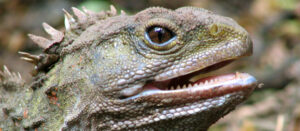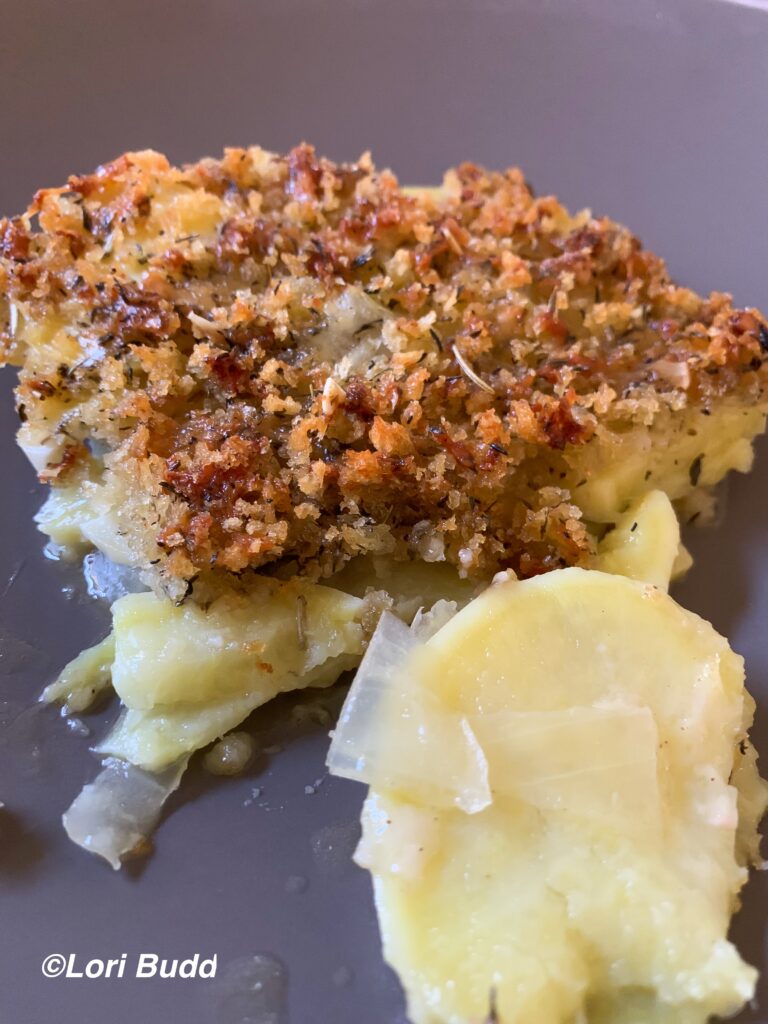Everyone has a bucket list. Well, at the very top of mine is a visit to New Zealand. I have been in love with New Zealand ever since I saw the Lord of the Rings movies. It was an easy choice choosing New Zealand for this month’s #WinePW. I did some research on the area and one fact that totally blew my mind was that only 5% of NZ’s population is human- the rest are animals. I’m just thankful that some of the five percent make wine.
Darwinism
New Zealand is synonymous with diversity. While visiting, you can explore active volcanoes or go spelunking. You can choose to take walks along beautiful beaches or ski down incredible slopes. Thanks to New Zealand’s long history of isolation and divergent evolution, the fauna and flora are as equally diverse as its topography.

Evergreen forests cover approximately two-thirds of the surface are of the islands and almost nine-tenths of the indigenous plants can be found only in New Zealand. But what really intrigues the biologist in me is the fact that when the original inhabitants arrived in the 13th century, there were not many animals on the islands. In fact, there were only three types of reptiles: skinks, geckos, and the tuatara, which has been extinct in other areas for over 100 million years!
The Regions
New Zealand is located more than 1,000 miles southeast of Australia and actually embodies two main islands – the North and South – as well as numerous smaller islands that can be over a hundred miles away from the main islands. Both the capital city of Wellington and the largest urban city of Auckland are located on the North Island.
There are 11 distinct wine regions throughout New Zealand with the majority of them being found on the east coast of the two islands. The soils throughout the two islands are often lacking in nutrients and variable. The majority of the soils are sedimentary rock and clay. However, along the rivers it is typical to find alluvial soils. In most parts of the country, daytime highs in summer are above 70 °F (21 °C), occasionally exceeding 80 °F (27 °C) in the north, while winter daytime highs throughout the country are rarely below 50 °F (10 °C).(britannica.com) To explore each of the regions in more depth, please visit New Zealand wines’ website.
The Wine
The first generation winemaker and owner Simon Waghorn along with his wife, Jane met studying at Canterbury University. Simon worked at a wine shop and was a member of a wine club while he was pursuing his degree.
These experiences initiated Simon’s love of wine, so after graduation, he began working in wineries to see if wine was indeed his calling. After confirming that he wanted to pursue a career in winemaking, he attended Roseworthy College wine school. Simon traveled to Barossa Valley to begin his winemaking career, and then continued on to Waikato and Gisborne in New Zealand.
While in Gisborne, a new opportunity presented itself in Marlborough. Once again Simon, Jane and their three daughters moved in the pursuit of wine. Soon after beginning this job, the Astrolabe label was born. Throughout the years, Jane continued working in the education field, until Astrolabe grew in size. Today, she runs the dayd to day workings of the company, while Simon does the winemaking.
Dedicated to producing sustainable wines, Astrolabe is like many of the wineries in New Zealand. All of their vineyards, the winery itself and even the bottling line are certified under the Sustainable Winegrowing New Zealand program. Watch this video to learn more about this program that is truly at the heart of New Zealand’s wine making industry.

Astrolabe Winery obtained its name in honor of the ship that charted and explored the Marlborough Coast in in 1827. An astrolabe is an altimeter device by astronomers and navigators. This confused me, since I thought that was what a sextant was. Thank goodness for Google.
A sextant can measure an angle on any plane, and works by a principle of double reflection. It is also far more accurate and can be used for a range of purposes including navigation (finding latitude, longitude, local time). An astrolabe can only measure angles in a vertical plane and was principally used for latitude-finding, although you can also use it for purposes such as finding the height of something. (The Greenwich (Valentia) Astrolabe)
2016 Astrolabe Pinot Noir (SRP: $28)
?. Medium (-) garnet
?? medium aromas Cherry, raspberry, thyme, pomegranate
? dry, medium (-) acidity, medium (-) tannin, low alcohol, light body, medium flavors cranberry, blueberry, sour cherry
? 13.5% ABV, drink now
The Meal
Local ingredients are the key to New Zealand cuisine. With its isolation, they rely heavily on the agriculture that they grow and what they catch from the sea. Australia, European, American and Southeastern Asia have a large influence on New Zealand cuisine. The original inhabitants of the islands, the Maori, also heavily influence the dishes that are on the dinner plate.
Kumara, a root vegetable most commonly grown in the Northern most part of the North Island, is a main ingredient in the Kiwi’s diet. Although kumara is actually red and purple and supposedly quite different than a regular sweet potato, I took writer’s liberty and decided to make a sweet potato dish for the pairing.
Meant to be a side dish, the recipe sounded too delicious. In my eyes, it was worthy of a main dish. The Cheesy Sweet Potato Casserole recipe was found on Delish. I added some Vidalia onion and instead of arranging the pieces like I would a Ratatouille, I just lied them flat within the baking dish. I have to say, it was delicious!
The Pairing
Aside from it being 105 degrees outside and the need to bake the dish for almost an hour, it was simple to make. The earthy and nuttiness of the Gruyere cheese paired nicely with the wine, bringing out the earthiness of the Pinot, while the Vidalia onion balanced the wine a bit and allowed the flavors increase in presence.
Join in the Conversation
Camilla of Culinary Adventures with Camilla will be making Hāngī in a Dutch Oven + Gimblett Gravels Malbec 2017
Linda of My Full Wine Glass will be posting New NZ wine, old Sicilian dish (#WinePW)
Jane of Always Ravenous will be pairing New Zealand Sauvignon Blanc Paired with Fresh Flavors of Late Summer
Cindy of Grape Experiences will show how to Beat the Heat with New Zealand Sauvignon Blanc and Chilled Cucumber Soup with Mint
Gwen at Wine Predator will be pairing New Zealand Sauvignon Blanc with Zesty Arugula Kale Pesto Pizza and Salad #WinePW
Jennifer of Vino Travels Italy demonstrates Seeing the Potential of North Canterbury, NZ at Mt. Beautiful Winery
David of Cooking Chat will be pairing Tomato Caprese Salad with Pesto and New Zealand Sauvignon Blanc
Pinny of Chinese Food and Wine Pairings will be serving New Zealand Sauvignon Blanc and Pan-fried Chinese Potstickers
Wendy of A Day in the Life on the Farm will be Discovering New Zealand Wines
Sandra of Wine Thoughts will be taking A Tropical Staycation with Spy Valley E Block
Cynthia and Pierre of Traveling Wine Profs will be sipping New Zealand Chardonnay with a view of… The Pyrenees #WinePW
Rupal the Syrah Queen will be drinking New Zealand Sauvignon Blanc with Grilled Mediterranean Swordfish
Nicole at Somms Table will be sharing Memories of New Zealand’s South Island with Waipapa Bay Wines.
Our host for this month, Lori of Exploring the Wine Glass, is thankful that Humans May Only Be 5%, But They Make Great Wine #WinePW
Please follow me on Instagram, Twitter, and Facebook. You can also find me on YouTube and if you are interested in wine pairings, follow my other blog, Wine Pairing with Dracaena Wines. And don’t forget about my FREE wine education series, Winephabet Street. Sláinte!
Please Visit our Sponsors by clicking on the banners:







You add to my interest in visiting New Zealand with the intro to your post! Nice dedication baking a casserole in 100+ degree weather! I’ve liked the limited amount of NZ Pinot I’ve tried, this one sounds good too.
Everytime I see more photos or read more info on New Zealand, it makes me want to go even more! As for the baking- I must admit.. Mike was not too happy with that! LOL
I am with you, New Zealand is high on my bucket list to visit! I am a long time fan of NZ Sauvignon Blanc but look forward to trying some NZ Pinot Noir including Astrolabe.
We really enjoyed this wine. I can’t wait to visit one day, but with the distance, need way too much time off- will have to do as a ‘retirement’ gift to ourselves!
What a fun article. I am so glad you chose this theme and arranged for samples. It was so much fun getting to spend time with you. You are so knowledgeable and such a great teacher. I feel much smarter than before we met.
Oh my gosh! Thank you so much Wendy! Those are such amazing words to hear. It was great to meet you IRL!